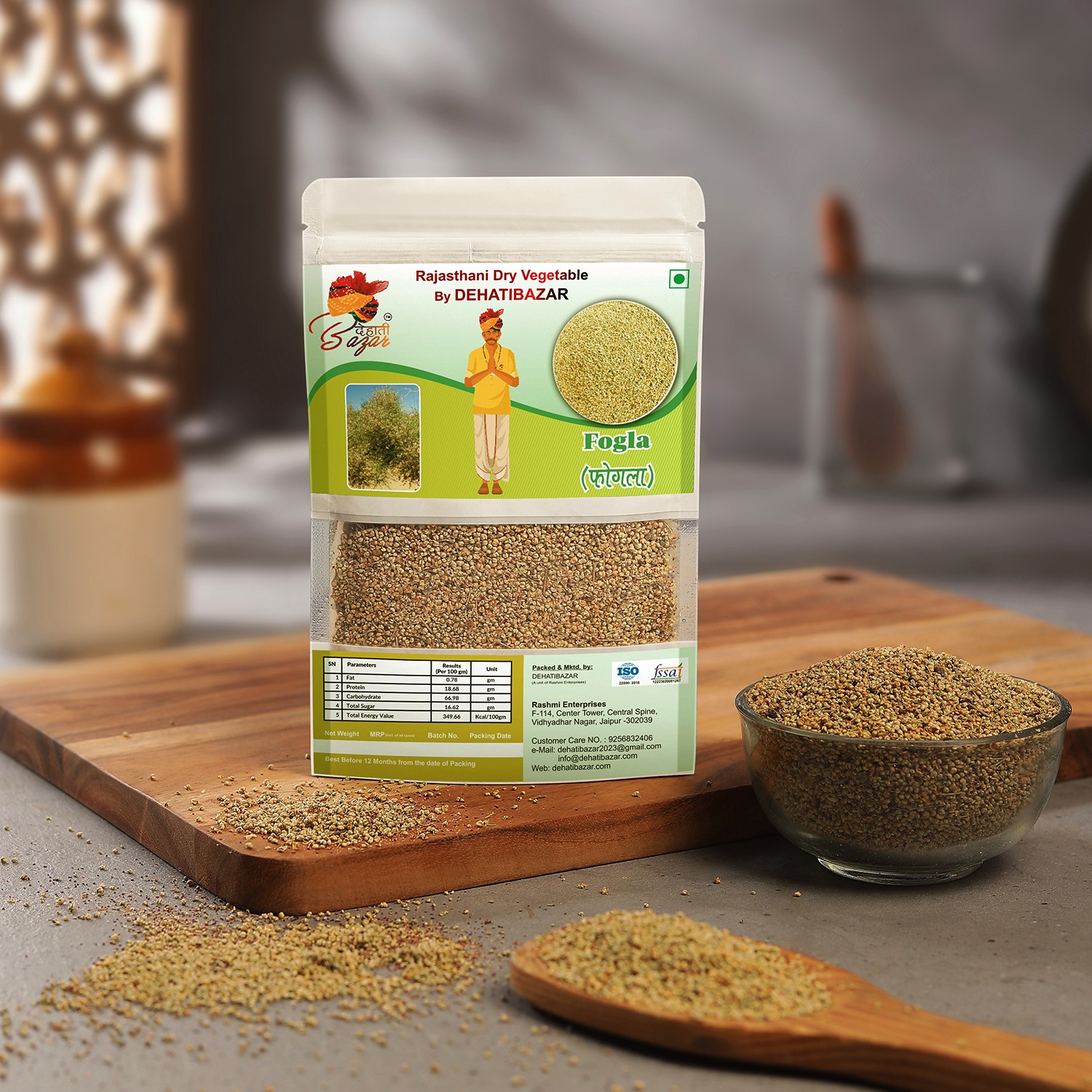DEHATIBAZAR® Dry Sangri With Recipe Marwadi Rajasthani Sabji | Dry vegetables Ready to Cook Free Recipe Sangari Premium and traditional Fusion of Flavors Perfect for Authentic Cuisine Enthusiasts (सांगरी)
Rajasthani Sangri Ker Sangri Kair Sangri Rajasthani dry sabzi Rajasthani dry vegetable Traditional Rajasthani food Marwadi dry sabzi Ker Sangri sabzi Kair Sangri pickle Sangri vegetable Rajasthani sangri online Authentic Rajasthani sabzi Ready to cook Sangri Dry Rajasthani vegetable mix Homemade style sangria Traditional Indian dry vegetable Rajasthani food mix Tribal desert vegetable mix Rajasthani vegetarian food Ker sangri without preservative Buy ker sangri online Rajasthani sabzi packet Indian traditional food Ready to eat Indian sabzi Dry Indian food for travel Ethnic Indian food Long shelf sangri rajasthani vegetable dried legume nutrient rich culinary traditional regional seasonal unique desert harvest aromatic dry native thar dish local staple cuisine culinary delectable richness kair premium SPN-VAFSC
What is Dry Sangri?
Dry Sangri, also known as Kair Sangri, is a traditional Rajasthani dish made from dried beans of the Sangri plant (Prosopis cineraria). The beans are harvested from the desert shrub found abundantly in the arid regions of Rajasthan and parts of Gujarat in India. Sangri is often used in various Rajasthani dishes, and its dried form is a popular ingredient due to its long shelf life and unique taste.
Health Benefits of Dry Sangri:
Rich in Nutrients: Dry Sangri is a good source of various nutrients including protein, fiber, iron, calcium, and vitamins such as vitamin C and vitamin B complex.
High in Fiber: The high fiber content in dry Sangri aids digestion, promotes bowel regularity, and helps in maintaining a healthy gut.
Boosts Immunity: Dry Sangri contains significant amounts of vitamin C, which is known for its immune-boosting properties. Regular consumption may help strengthen the immune system and protect against infections.
Supports Bone Health: Dry Sangri is rich in calcium and iron, both of which are essential for maintaining healthy bones and preventing conditions like osteoporosis.
Energy Booster: Being a good source of protein and complex carbohydrates, dry Sangri provides sustained energy levels, making it an ideal addition to the diet, especially for those with active lifestyles.
May Aid in Weight Management: The fiber content in dry Sangri promotes satiety, which can help in controlling appetite and managing weight.
Antioxidant Properties: Sangri beans contain antioxidants that help in neutralizing harmful free radicals in the body, thereby reducing the risk of chronic diseases.
Ways to Prepare Dry Sangri:
Dry Sangri can be cooked in various ways, and it is a versatile ingredient in Indian cuisine. Here are some popular ways to prepare it:
Curries: Dry Sangri can be cooked with spices, tomatoes, onions, and other vegetables to make delicious and flavorful curries.
Stir-Fries: It can be stir-fried with potatoes, onions, and spices to make a tasty side dish that pairs well with rice or roti (Indian bread).
Pilaf or Pulao: Dry Sangri can be added to rice dishes like pulao or biryani for added flavor and nutrition.
Snacks: It can be deep-fried or roasted and seasoned with spices to make crunchy and nutritious snacks.
Conclusion:
Dry Sangri is not only a tasty addition to various dishes but also offers numerous health benefits. With its rich nutrient profile and versatility in cooking, it is a valuable ingredient that can enhance the nutritional value and taste of your meals. Incorporating dry Sangri into your diet can be a flavorful way to promote overall health and well-being.
Additional Information:
| Not Available |

 English
English






































